Home>Home Maintenance>What Is A Radon Home Inspection
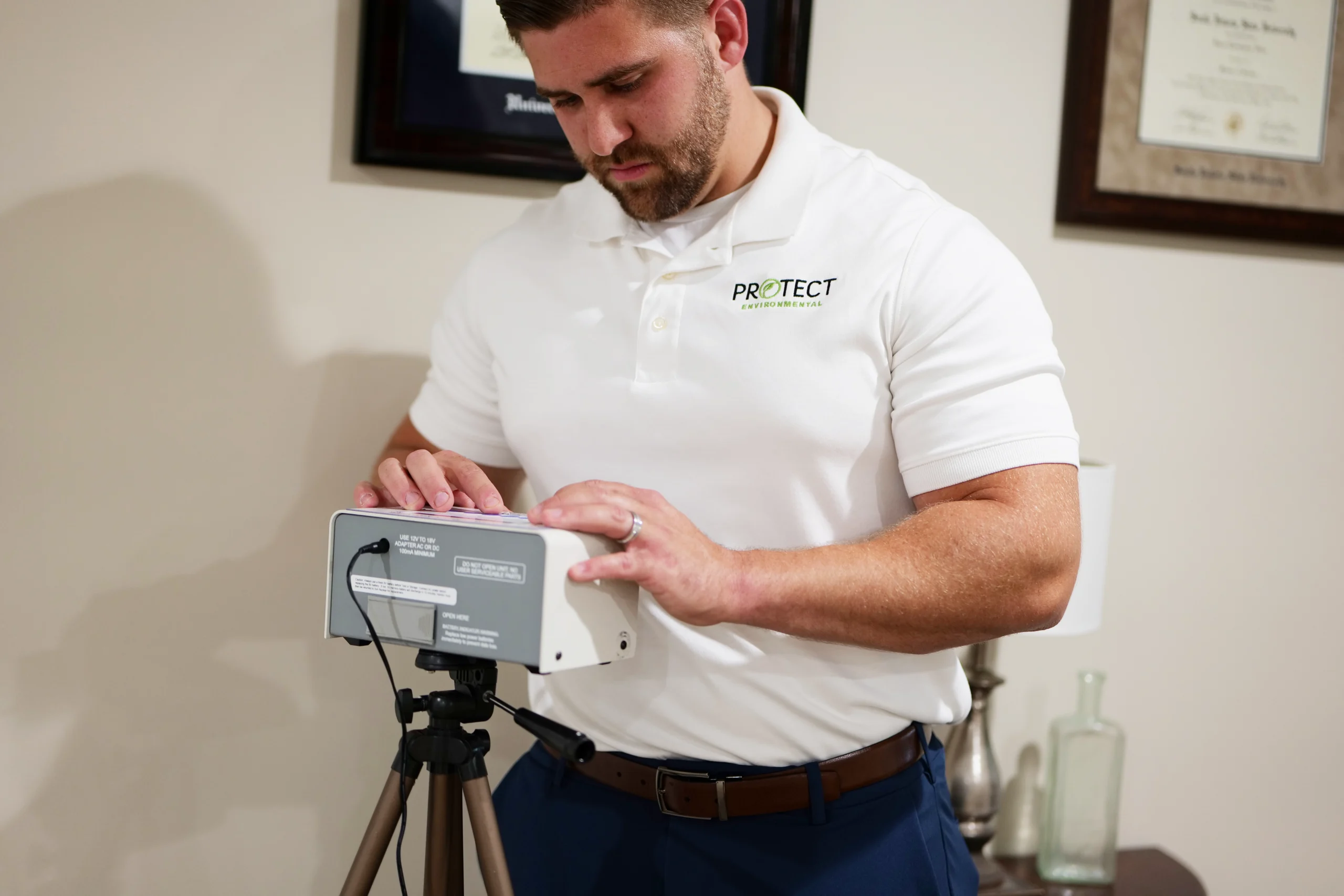

Home Maintenance
What Is A Radon Home Inspection
Modified: March 6, 2024
Looking to maintain a healthy living environment? Learn about the importance of a radon home inspection for effective home maintenance.
(Many of the links in this article redirect to a specific reviewed product. Your purchase of these products through affiliate links helps to generate commission for Storables.com, at no extra cost. Learn more)
Introduction
Welcome to our comprehensive guide on radon home inspections! If you are a homeowner, it’s important to understand the risks associated with radon gas and the need for regular inspections. Radon is a colorless, odorless, and tasteless radioactive gas that poses a serious health risk, especially when it accumulates in enclosed spaces like homes.
In this article, we will take a deep dive into what radon is, the importance of radon home inspections, the inspection process, how to hire a professional inspector, interpreting radon test results, the different mitigation options available, and the associated costs.
Before we get into the details, let’s understand what exactly radon is and why it is a cause for concern.
Key Takeaways:
- Radon home inspections are crucial for protecting your family’s health. They identify and mitigate dangerous radon gas, reducing the risk of lung cancer and ensuring a safe living environment.
- Hiring a certified radon home inspector is essential. Their expertise ensures accurate testing, reliable results, and valuable recommendations for creating a healthier home.
Read more: What Is Radon In Basement
What is Radon?
Radon is a naturally occurring radioactive gas that is formed through the decay of uranium, which is found in the soil and rock beneath our homes. It is a byproduct of the natural breakdown of uranium and can seep into buildings through cracks in the foundation, walls, gaps around pipes, or any other openings. Radon can also be present in well water and released into the air when the water is used for activities like showering or doing laundry.
Radon is classified as a Group 1 carcinogen by the World Health Organization (WHO), meaning it is known to cause cancer in humans. Prolonged exposure to high levels of radon gas is the second leading cause of lung cancer, after smoking. In fact, the Environmental Protection Agency (EPA) estimates that radon causes about 21,000 lung cancer deaths in the United States each year.
Since radon is invisible and odorless, it is impossible to detect its presence without proper testing. That is why radon home inspections are crucial in identifying if there are elevated levels of radon in your home.
The concentration of radon in a home can vary significantly depending on several factors, including the underlying geology of the area, the construction of the home, and ventilation. Even homes in low-radon areas can have elevated radon levels if there are cracks or openings that allow radon to enter.
It’s important to note that radon is not just a concern for older homes or homes located in specific regions. Any home, regardless of age or location, can have radon issues. Therefore, it is recommended that all homeowners consider getting a radon home inspection to ensure the safety of their household.
Importance of Radon Home Inspections
Radon home inspections play a critical role in ensuring the health and safety of your household. Here are some reasons why these inspections are so important:
- Identification of Radon Levels: The primary purpose of a radon home inspection is to measure the levels of radon gas in your home. This is done through the use of specialized testing equipment. By conducting an inspection, you can determine whether your home has elevated radon levels and take appropriate action if needed.
- Health Risks: Radon gas is a known carcinogen that can cause lung cancer when inhaled over long periods of time. By getting a radon home inspection, you can identify the presence of radon and take proactive measures to reduce the risk of exposure to this harmful gas.
- Protecting Your Family: Your home is where you and your loved ones spend a significant amount of time. Ensuring that it is a safe and healthy environment is crucial. A radon home inspection helps in safeguarding your family’s well-being by minimizing the risks associated with radon exposure.
- Peace of Mind: Knowing that your home is free from elevated levels of radon provides peace of mind. It allows you to live comfortably and confidently, knowing that you have taken the necessary steps to protect your family’s health.
In addition to these reasons, radon home inspections can also be beneficial in real estate transactions. If you are planning to buy or sell a home, having a radon inspection report can provide valuable information and potentially help in negotiations.
It is worth mentioning that even if you have previously conducted a radon test and the results showed low levels of radon gas, it is still recommended to periodically retest your home. Radon levels can fluctuate over time due to changes in soil conditions, building renovations, or weather patterns.
Overall, radon home inspections are an essential step in ensuring the safety and well-being of your household. By identifying and mitigating any radon issues, you can create a healthier living environment for you and your loved ones.
The Radon Home Inspection Process
The radon home inspection process involves several steps designed to assess the levels of radon gas in your home accurately. Here’s a breakdown of the typical radon home inspection process:
- Consultation and Scheduling: The first step is to contact a professional radon home inspector. They will provide you with initial information about the inspection process and answer any questions you may have. You can then schedule an appointment for the inspection.
- Inspection Setup: On the day of the inspection, the inspector will arrive at your home and set up the necessary equipment. This usually involves placing radon testing devices in appropriate locations, such as the basement or lowest livable area of the house.
- Testing Period: The radon testing devices will be left in place for a specified duration, typically between 48 and 96 hours. During this time, it is important to keep the windows and exterior doors closed as much as possible to maintain consistent conditions.
- Data Collection: Once the testing period is complete, the inspector will retrieve the testing devices. These devices may include charcoal canisters, alpha track detectors, or continuous radon monitors. The collected data will be used to determine the radon levels in your home.
- Data Analysis and Reporting: The collected data is then analyzed to determine the average radon concentration in your home. The inspector will provide you with a detailed report that includes the radon levels, any recommendations for mitigation if warranted, and any applicable regulations or guidelines.
- Follow-up Actions: Based on the inspection report, you may need to take further steps for radon mitigation if the levels are found to be above recommended limits. This could involve sealing cracks, installing a radon mitigation system, or improving ventilation in your home. Consulting with a radon mitigation professional is advisable for implementing necessary measures.
- Retesting (Optional): In some cases, you may choose to retest your home after implementing mitigation measures to ensure their effectiveness. Retesting can provide peace of mind and verify that the radon levels in your home have been successfully reduced.
It is important to note that radon testing should be done during normal living conditions. Therefore, it is advisable to conduct the test during a time when your home is occupied and you are using it as you typically would.
By following these steps and working with a certified radon home inspector, you can ensure an accurate assessment of radon levels in your home and take appropriate measures to protect your family’s health.
Hiring a Professional Radon Home Inspector
When it comes to radon home inspections, hiring a professional and experienced inspector is crucial to ensure accurate and reliable results. Here are some important factors to consider when hiring a radon home inspector:
- Certification and Credentials: Look for an inspector who is certified by a recognized radon certification organization, such as the National Radon Safety Board (NRSB) or the National Radon Proficiency Program (NRPP). These certifications indicate that the inspector has undergone proper training and follows industry standards.
- Experience: Find out how long the inspector has been in the radon testing industry. An experienced inspector will have a better understanding of radon dynamics and potential mitigation measures. They will also be more adept at analyzing test results and providing accurate recommendations.
- References and Reviews: Ask for references from past clients or read online reviews to get an idea of the inspector’s reputation and the quality of their work. Positive reviews and recommendations indicate a high level of customer satisfaction.
- Insurance and Licenses: Ensure that the inspector has appropriate liability insurance coverage. This protects you in case of any damages or errors during the inspection process. Additionally, check if they have any required state or local licenses.
- Testing Equipment: Inquire about the type of testing equipment the inspector uses. Make sure they use reliable and calibrated devices to obtain accurate and precise radon measurements. Modern devices, such as continuous radon monitors, often provide more accurate results than outdated methods.
- Cost: While price shouldn’t be the sole determining factor, it is important to consider the cost of the inspection. Compare prices from different inspectors to ensure you are getting a fair and competitive rate. Keep in mind that the lowest price may not always guarantee the best quality service.
- Professionalism and Communication: Pay attention to the inspector’s professionalism, responsiveness, and communication style. A good inspector should be approachable, willing to answer your questions, and provide clear explanations of the inspection process and the results.
It is advisable to interview multiple inspectors and request written quotes or estimates before making a decision. This allows you to compare their qualifications, services, and pricing to make an informed choice.
Remember, a radon home inspection is an investment in your family’s health and safety. By hiring a qualified and reputable professional, you can have confidence in the accuracy of the results and the reliability of their recommendations.
When scheduling a radon home inspection, make sure to hire a qualified professional with experience in radon testing. Look for someone certified by the National Radon Proficiency Program (NRPP) or the National Radon Safety Board (NRSB).
Read more: What Is A Safe Radon Level In A Basement
Interpreting Radon Test Results
Interpreting radon test results is an important step in understanding the radon levels in your home and determining whether further action is necessary. Here’s a guide on how to interpret radon test results:
- Average Radon Levels: The test results will indicate the average radon concentration in your home during the testing period. This is usually measured in picocuries per liter (pCi/L) or becquerels per cubic meter (Bq/m³). It’s important to note that radon levels can fluctuate naturally, so a single test may not provide a completely accurate representation of long-term exposure.
- Recommended Action Levels: Different organizations and countries have established recommended action levels, which are the guidelines to determine if further radon mitigation measures are needed. In the United States, the Environmental Protection Agency (EPA) suggests taking action if the average radon level is equal to or exceeds 4 pCi/L. However, some health agencies recommend lower thresholds, such as 2 pCi/L or even 1.5 pCi/L.
- Long-Term vs. Short-Term Tests: Radon tests can be conducted as either short-term or long-term tests. Short-term tests typically last between 2 and 7 days, while long-term tests extend beyond 90 days. Long-term tests provide a more accurate representation of the annual average radon levels in a home, while short-term tests are useful for initial screenings or real estate transactions.
- Additional Testing: If the results of a short-term test show radon levels between 2 and 4 pCi/L, it is recommended to follow up with a long-term test for a more accurate assessment. This helps determine whether elevated levels are consistent or temporary.
- Confirmatory Testing: In situations where the initial test results show high radon levels, confirmatory testing may be necessary. This involves conducting additional tests in different locations or using different measurement techniques to ensure the accuracy of the results.
- Mitigation Considerations: If test results exceed the recommended action levels, it is advisable to consider radon mitigation measures. Consult with a professional radon mitigation specialist to discuss potential strategies and options to reduce radon levels in your home.
In all cases, it is important to remember that any level of radon exposure poses some risk. Even if your test results are below the recommended action levels, it’s still a good idea to periodically retest your home or consider mitigation measures to further reduce radon levels.
Interpreting radon test results can be complex, so it is recommended to consult with a certified radon professional who can provide guidance and help you make informed decisions about the next steps.
Mitigation Options for Radon in Homes
If elevated radon levels are detected in your home, it is important to take immediate action to reduce your exposure. Here are some common mitigation options for radon in homes:
- Sub-Slab Depressurization (SSD): This is the most common and effective method of radon mitigation. It involves installing a vent pipe system that draws radon gas from beneath the slab or foundation of your home and safely releases it into the outdoor air. A radon fan is typically installed to assist in the removal of the gas.
- Sub-Membrane Depressurization (SMD): This method is similar to SSD, but it is used in homes with crawl spaces instead of basements or slabs. A heavy-duty plastic membrane is installed on the crawl space floor, and a vent pipe system creates a vacuum under the membrane, directing radon gas away from your living space.
- Radon Ventilation Fans: In some cases, a radon mitigation system may require the installation of ventilation fans to effectively remove radon gas. These fans help create negative pressure in the affected area, preventing radon entry and promoting the safe release of the gas outdoors.
- Sealing Cracks and Openings: One of the initial steps in radon mitigation is sealing cracks, gaps, and openings in the foundation, walls, and floors. This helps prevent radon gas from entering the living space. Common sealing methods include epoxy sealants, caulking, and expanding foam.
- Positive Pressurization: This technique involves using a ventilation system to create positive pressure inside your home, pushing radon gas out and preventing its entry. By introducing filtered and fresh air, positive pressurization helps maintain a healthier indoor environment.
- Well Water Mitigation: If radon is detected in well water, aeration or activated charcoal filtration systems can be employed to remove the gas before it is used for drinking, cooking, or bathing.
- Professional Radon Mitigation Services: It is highly recommended to hire a certified radon mitigation professional to assess your home and design a customized mitigation system based on its specific characteristics. These professionals have the expertise and knowledge to determine the most suitable mitigation options for your home.
- Regular Monitoring: After the implementation of any radon mitigation measures, it is essential to regularly monitor radon levels to ensure their effectiveness. Periodic testing can provide peace of mind and verify that radon levels remain within safe limits.
It is important to note that radon mitigation is not a one-size-fits-all solution. The most suitable mitigation options for your home will depend on factors such as the construction type, local geology, and the severity of the radon problem. Consulting with a professional radon mitigation specialist is crucial for effective results.
Remember, radon mitigation is an investment in your health and the safety of your home. By taking action to reduce radon levels, you can create a healthier living environment for you and your loved ones.
Radon Home Inspection Costs
The cost of a radon home inspection can vary depending on several factors, including the location, the size and design of your home, the type of testing equipment used, and additional services provided. On average, radon home inspections can range from $150 to $500.
Here are the main cost considerations for a radon home inspection:
- Testing Method: The type of radon testing method used can influence the cost. Short-term tests, which typically last between 2 and 7 days, are more affordable compared to long-term tests, which extend beyond 90 days. However, long-term tests provide a more accurate representation of the annual average radon levels in your home.
- Home Size: The size of your home can also impact the cost of the inspection. Larger homes may require multiple testing devices or longer testing durations, which can result in higher inspection costs.
- Additional Services: Some radon inspection professionals may offer additional services, such as post-mitigation testing, continuous monitoring, or consultation on mitigation options. These extra services may incur additional costs, but they can provide valuable information and peace of mind.
- Professional Certification and Qualifications: Inspectors who hold advanced certifications or have extensive experience in radon testing may charge higher fees. However, their expertise and knowledge can ensure accurate results and reliable recommendations.
- Location: The cost of radon inspections can vary depending on the region or city where you live. Factors such as the local demand for radon testing services and the cost of living can influence pricing.
It’s essential to compare quotes from different radon inspection professionals and consider the level of service, qualifications, and reputation when making a decision. Remember that the cost of a radon home inspection is an investment in your family’s health and safety.
While it may be tempting to choose the lowest-priced option, it’s crucial to ensure that the inspector is certified, experienced, and reputable. The accuracy of the radon test results and the quality of the recommendations are paramount in protecting your household.
Keep in mind that if high radon levels are detected during the inspection, you may also need to budget for radon mitigation costs. The cost of mitigation can vary depending on the complexity of the system, the size of your home, and other factors. Consulting with a certified radon mitigation professional can provide more accurate cost estimates for mitigation.
Overall, investing in a radon home inspection is a crucial step in ensuring the safety of your family. By addressing radon issues promptly, you can create a healthier home environment and potentially save on long-term healthcare costs.
Conclusion
In conclusion, radon home inspections are a crucial step in ensuring the safety and well-being of your household. Radon, a colorless and odorless gas, poses a significant health risk and is a known cause of lung cancer. By conducting regular radon home inspections, you can detect and mitigate elevated levels of radon gas, thus reducing the risk of exposure for you and your loved ones.
We’ve covered various aspects of radon home inspections in this comprehensive guide. From understanding what radon is and its health risks to the process of hiring a professional radon home inspector, interpreting test results, and exploring mitigation options, you now have the knowledge to make informed decisions regarding radon in your home.
Remember, it is important to hire a certified and experienced radon home inspector to ensure accurate testing and reliable results. They will guide you through the process, provide recommendations for mitigation if necessary, and assist you in creating a healthier indoor environment.
While the cost of a radon home inspection may vary, it is a worthwhile investment in your family’s health and safety. The peace of mind gained from knowing your home is radon-free and taking appropriate measures to mitigate any issues is invaluable.
Furthermore, regular monitoring and retesting are recommended to ensure the effectiveness of mitigation efforts and maintain a radon-free home environment. Remember that radon levels can fluctuate over time, so periodic testing is essential to ensure ongoing protection.
By taking proactive steps and conducting radon home inspections, you are prioritizing the health and well-being of your family. Protecting your loved ones from the dangers of radon gas is a responsibility that every homeowner should embrace.
So, don’t wait any longer. Take the necessary steps to schedule a radon home inspection and create a safer living environment for you and your family. Your health is worth it!
Frequently Asked Questions about What Is A Radon Home Inspection
Was this page helpful?
At Storables.com, we guarantee accurate and reliable information. Our content, validated by Expert Board Contributors, is crafted following stringent Editorial Policies. We're committed to providing you with well-researched, expert-backed insights for all your informational needs.
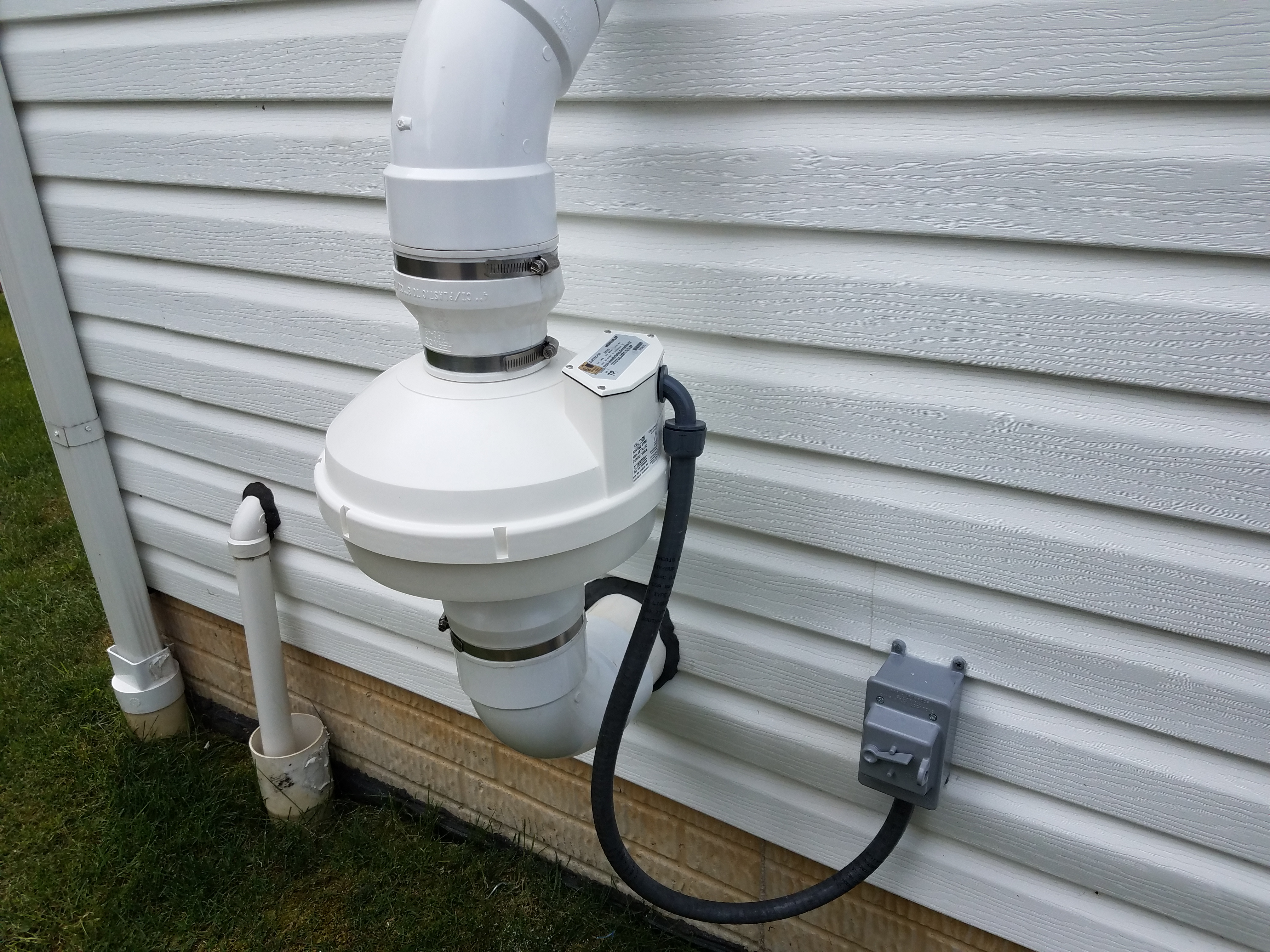
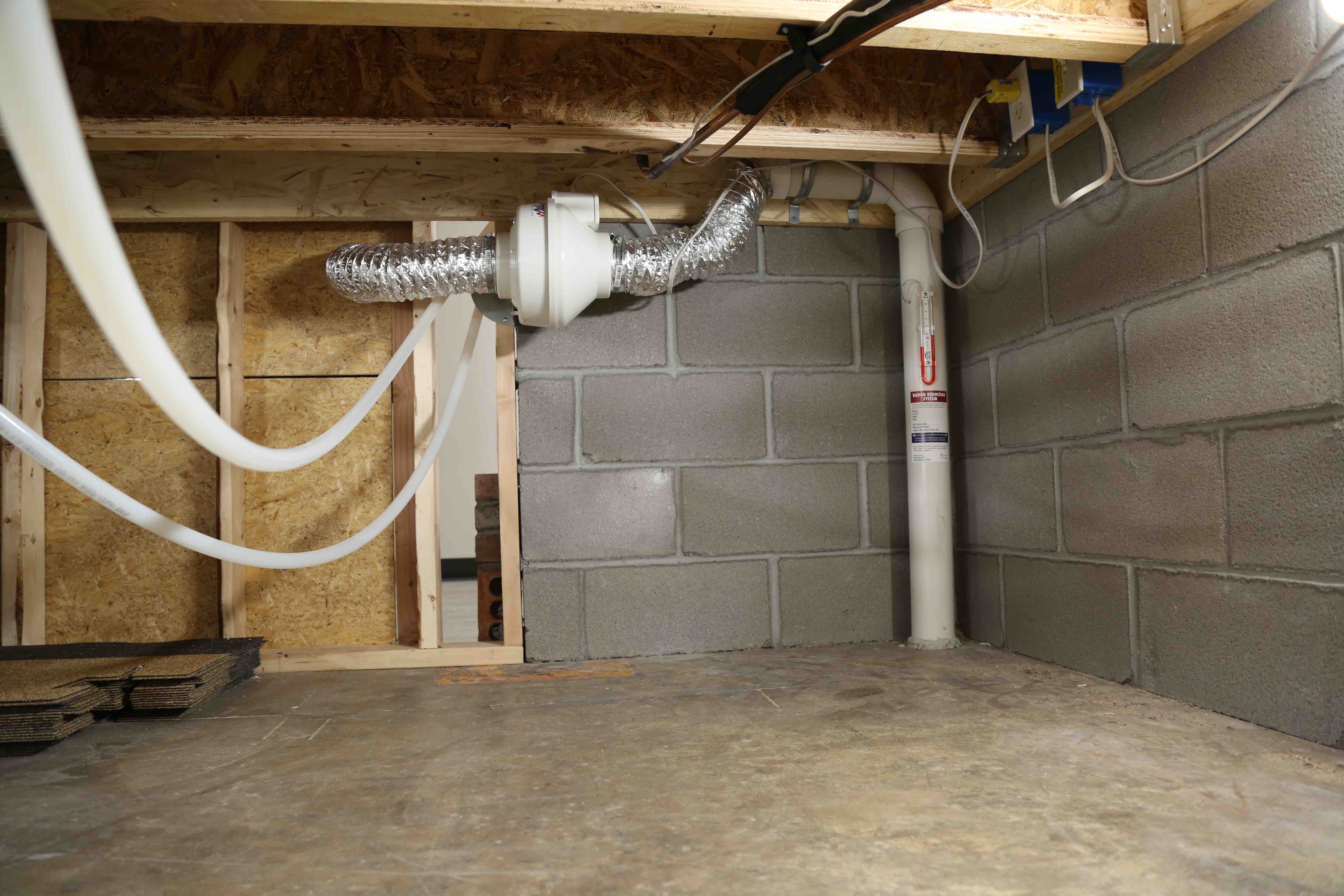
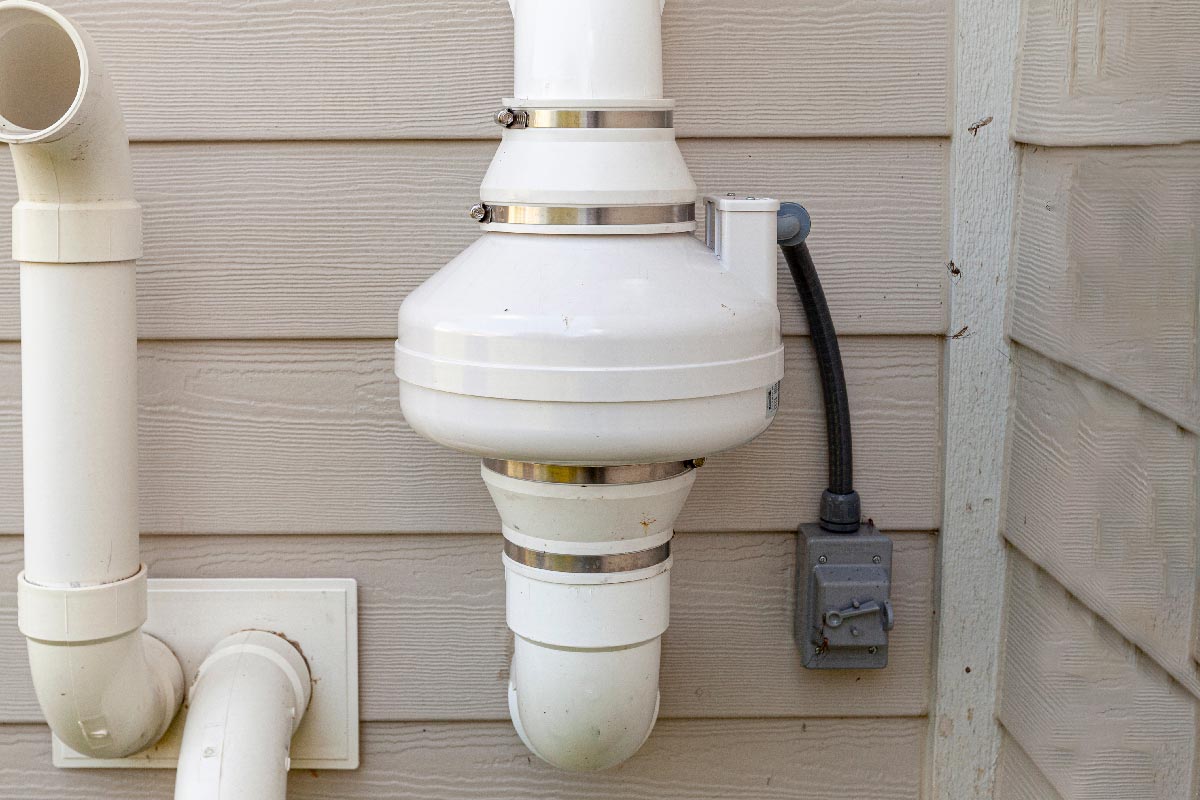
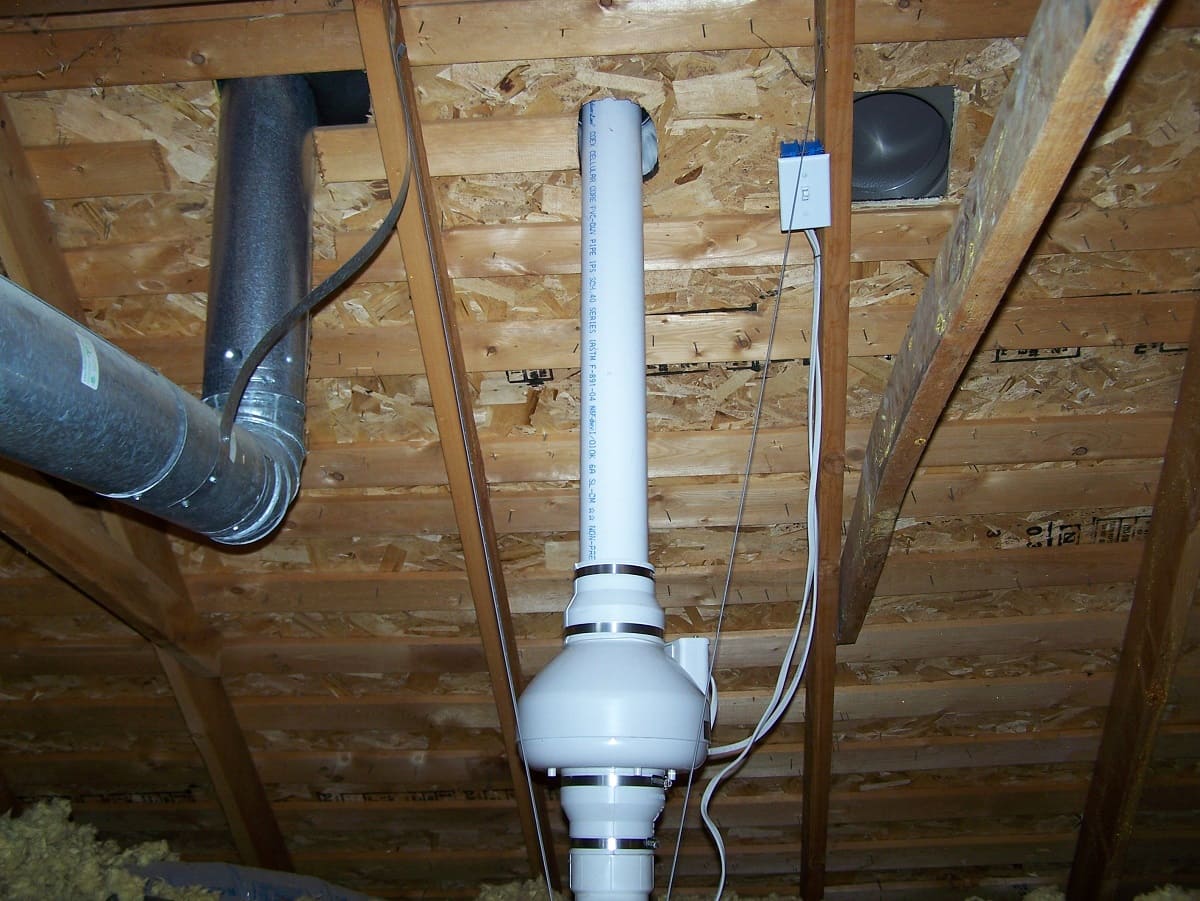
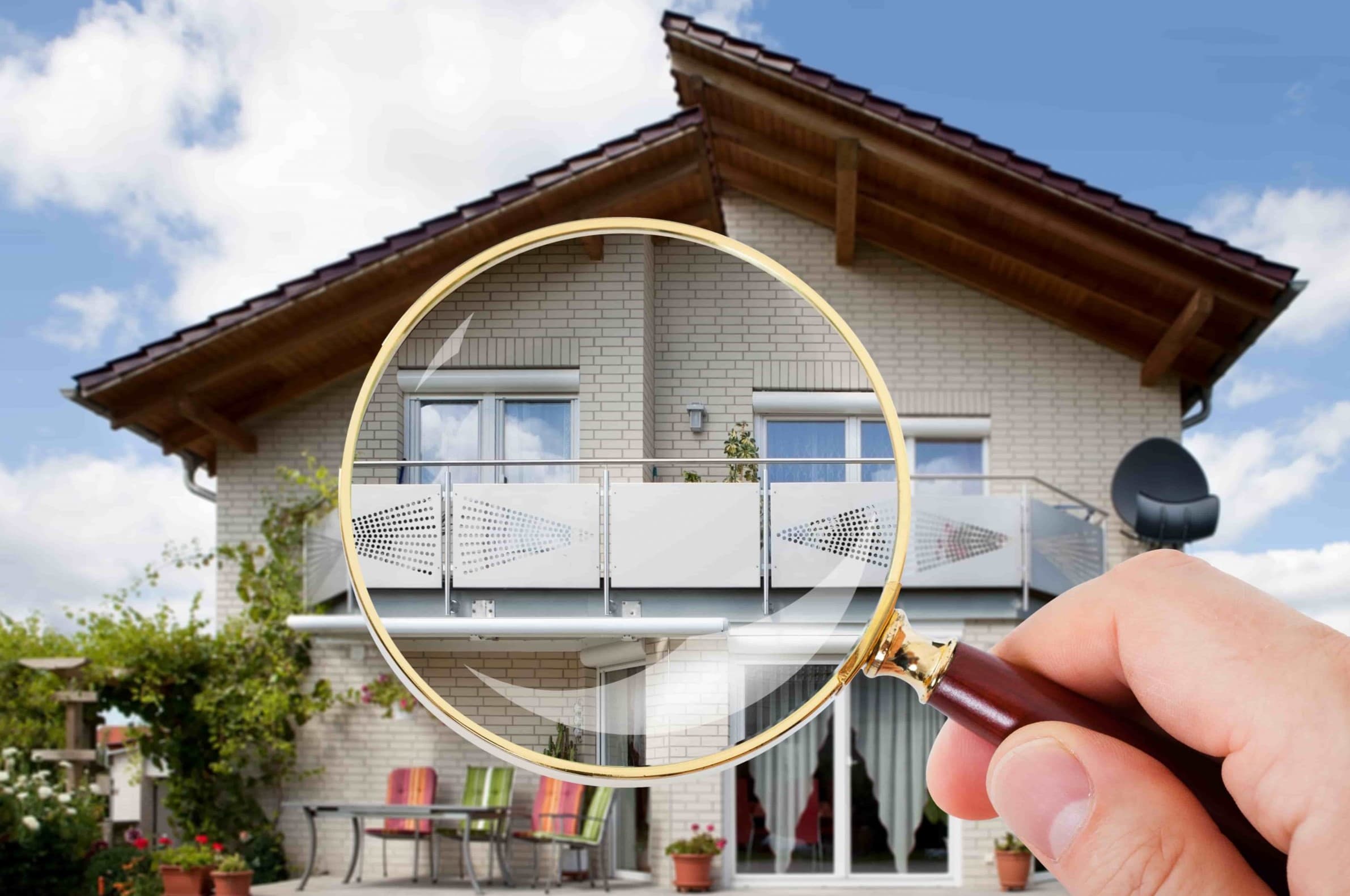
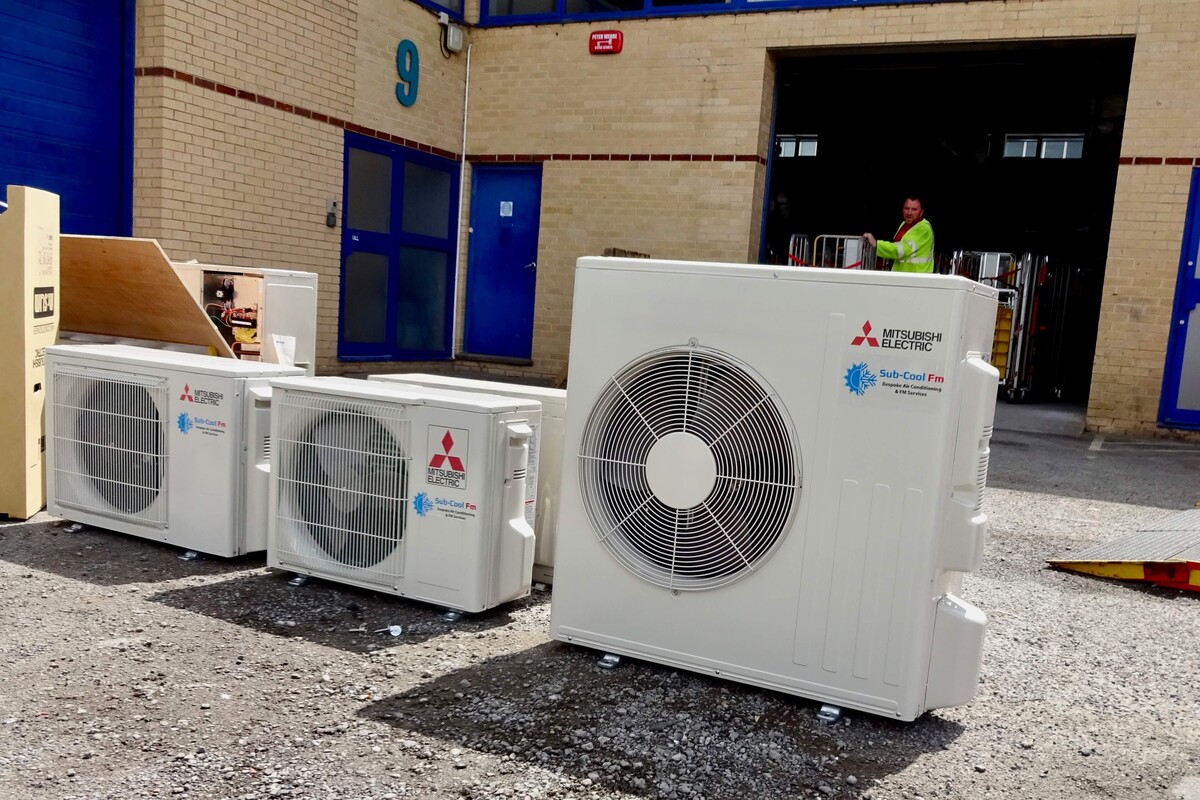
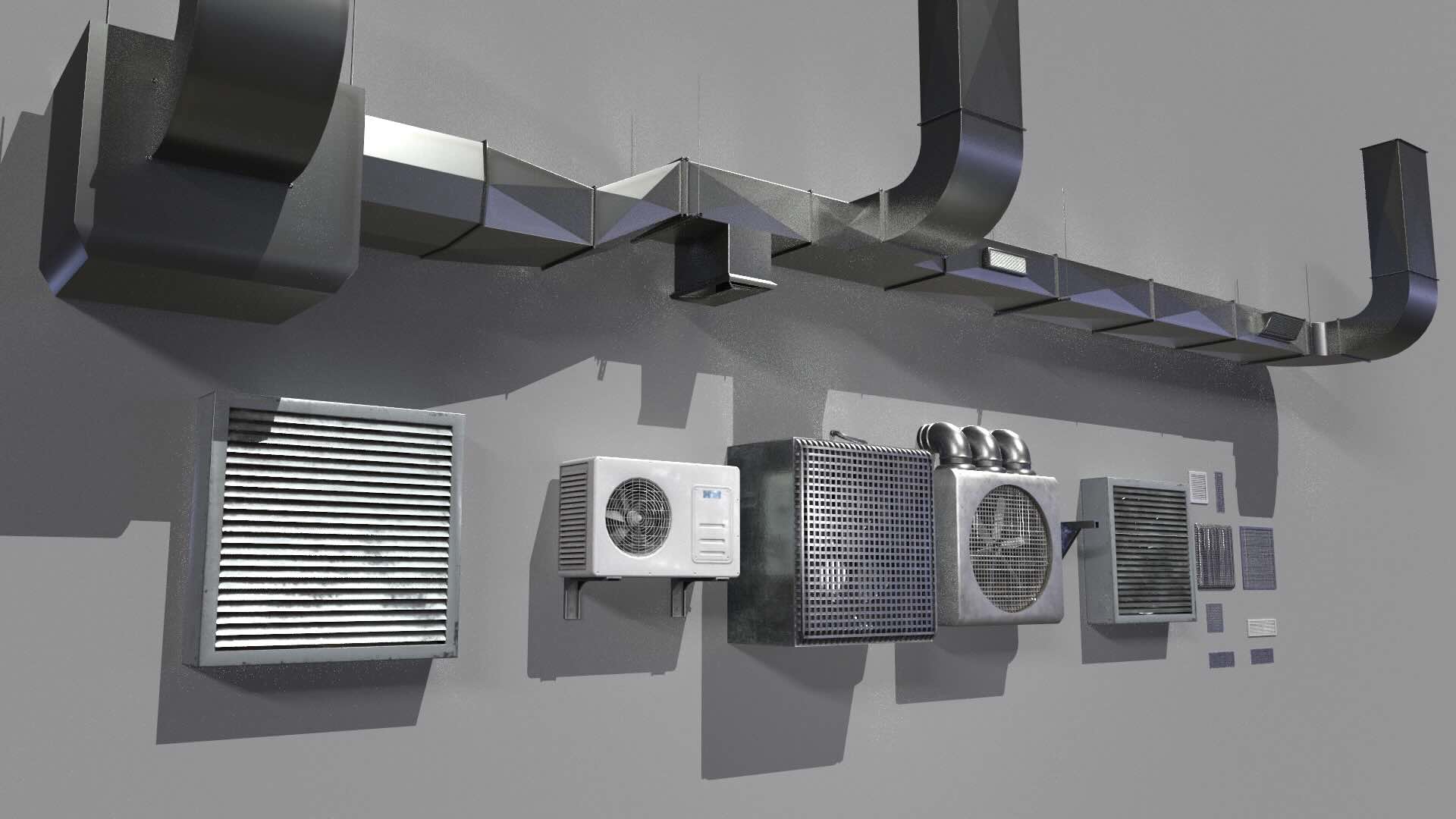
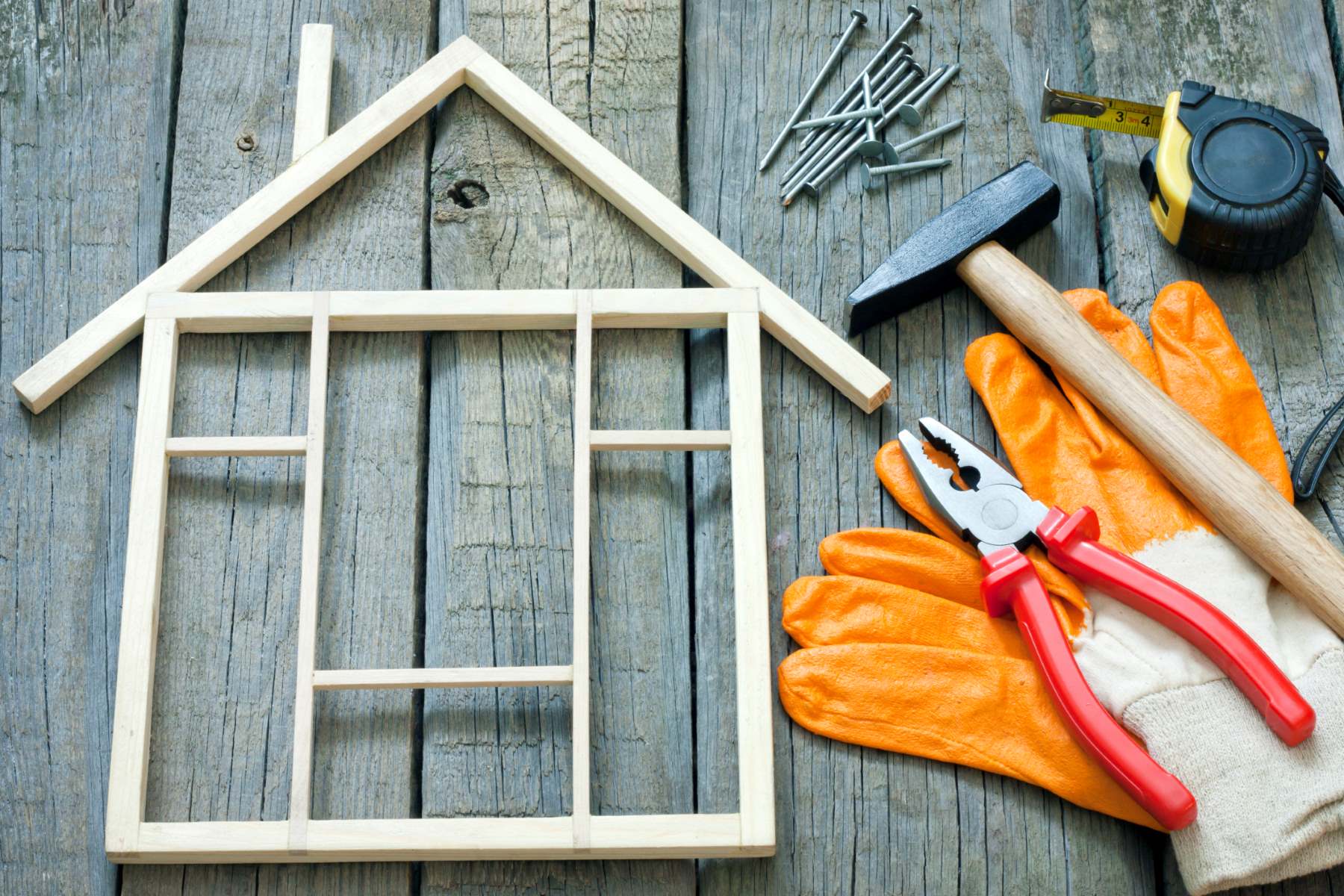
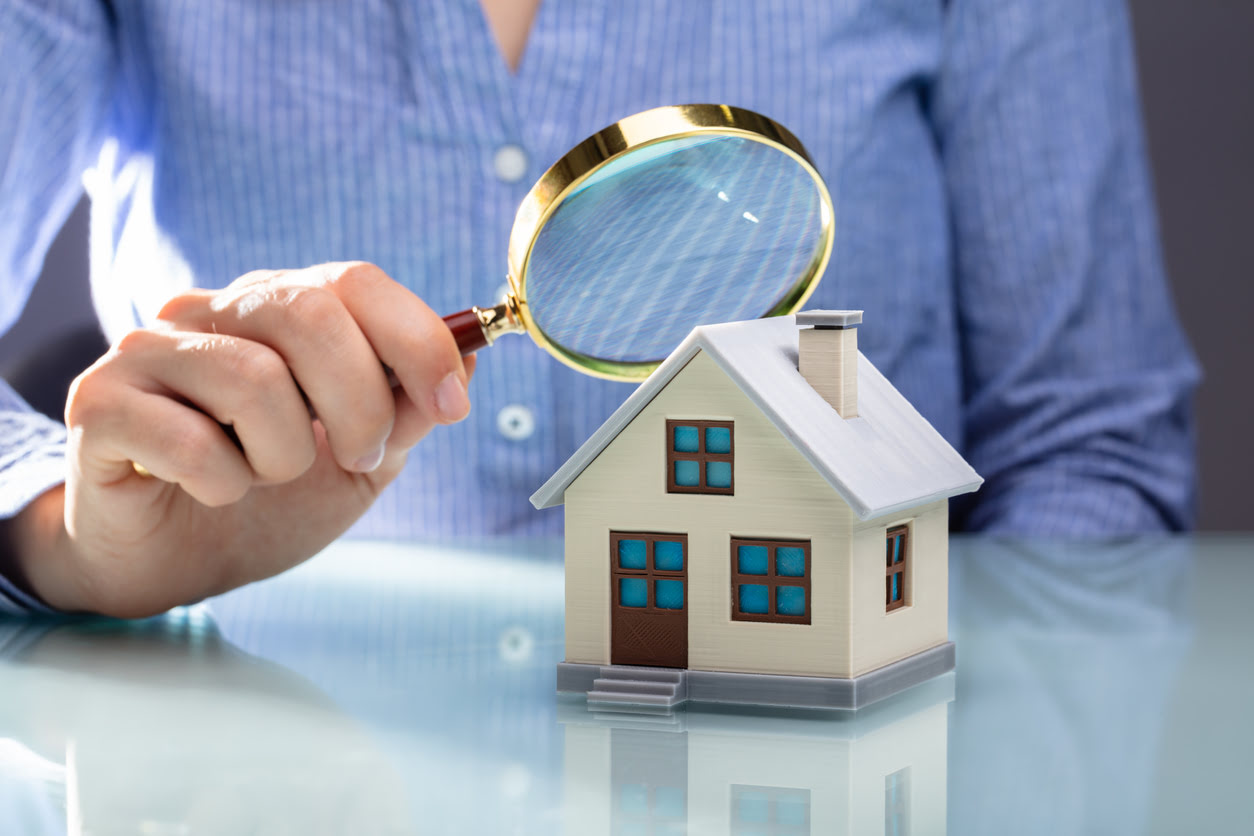
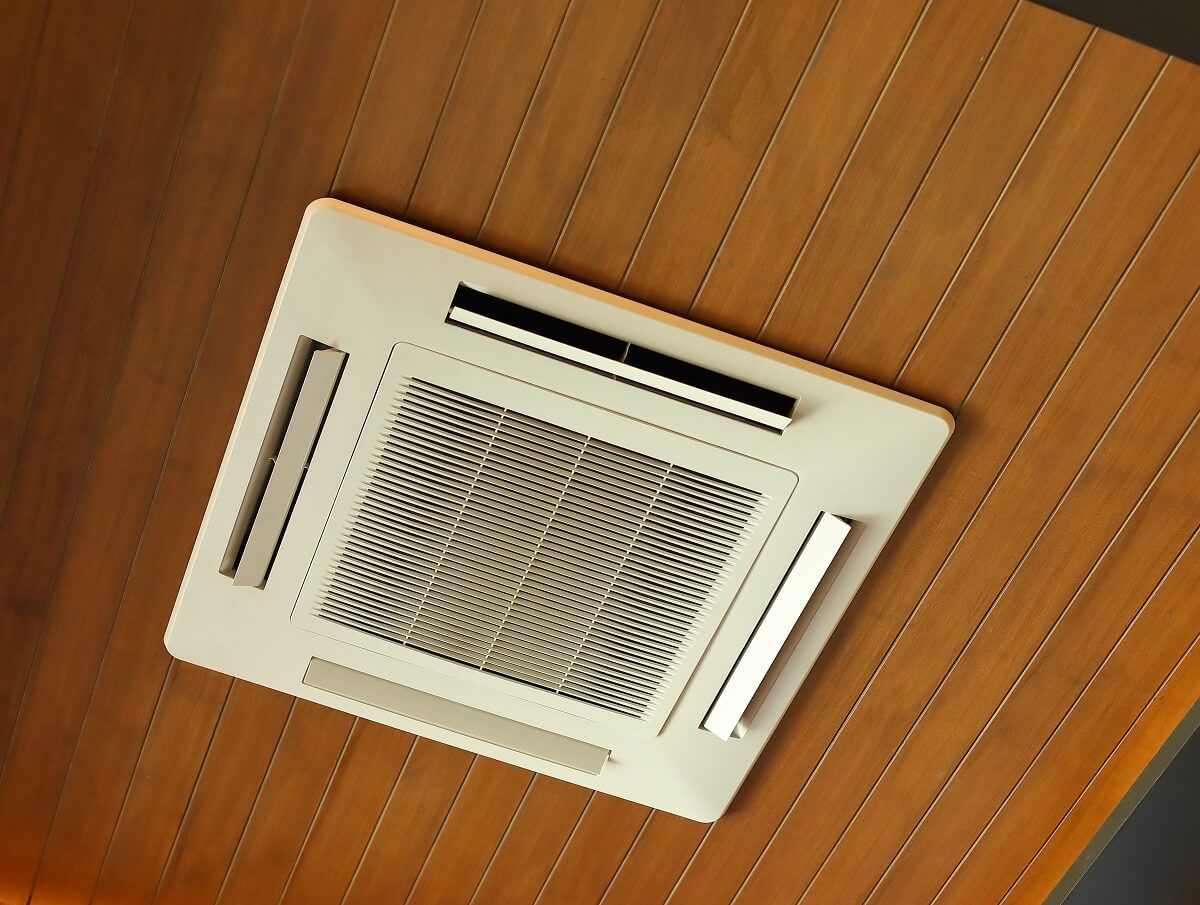
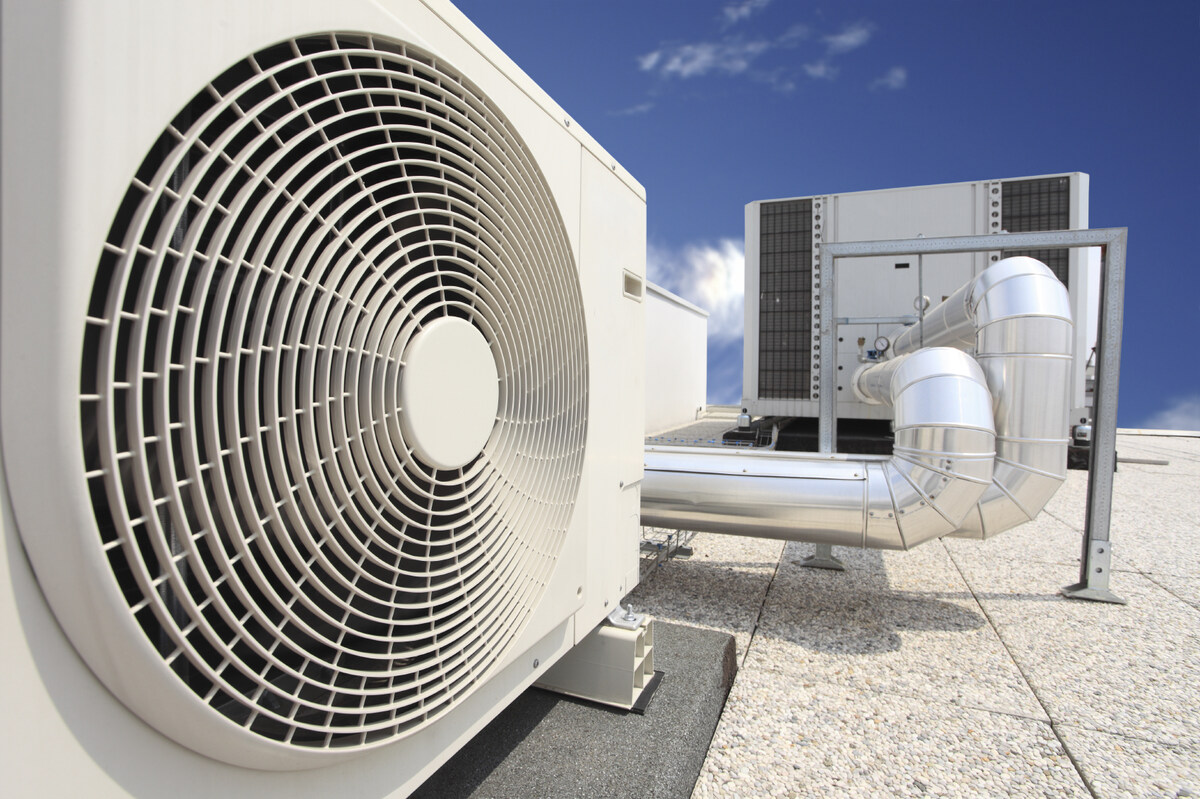

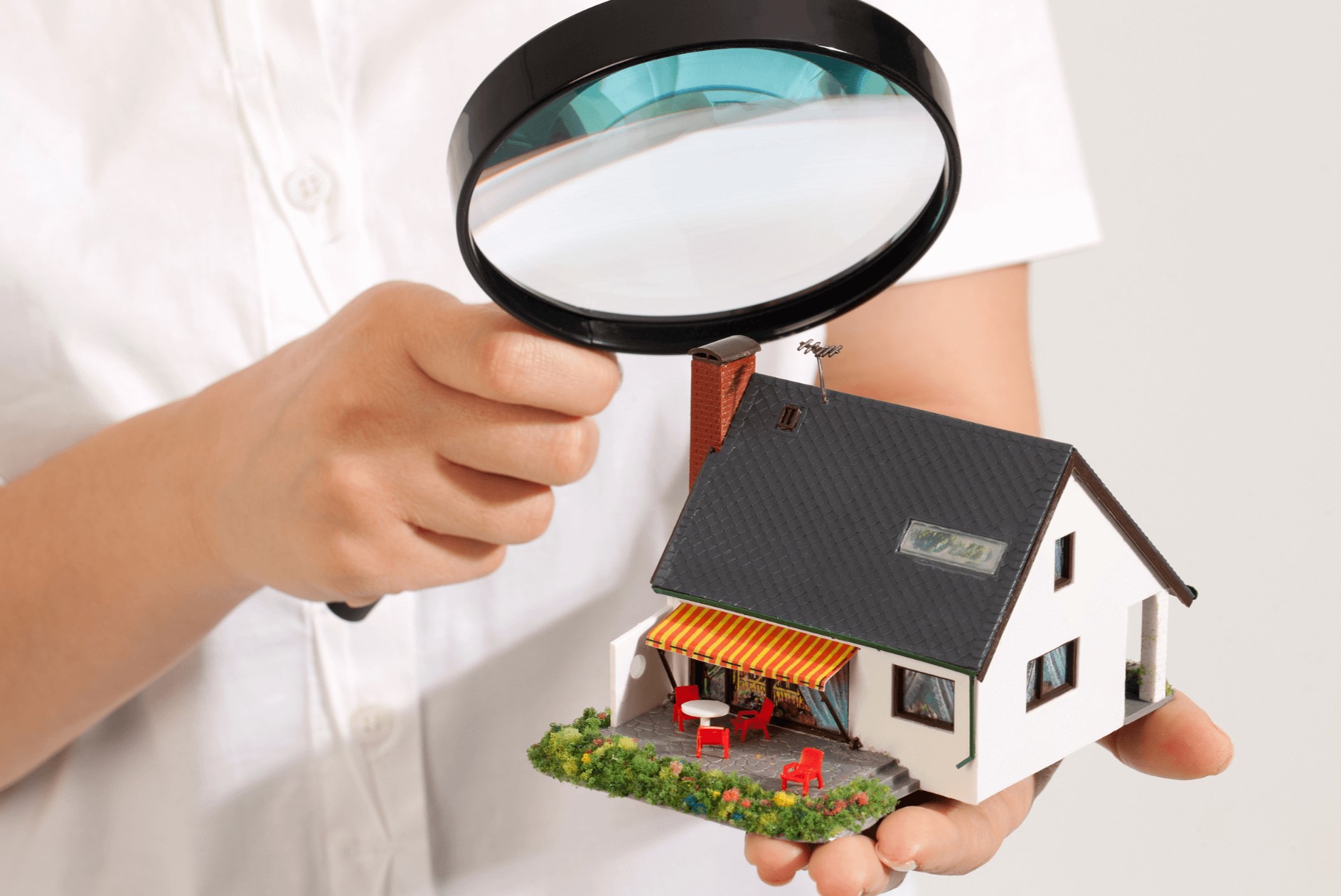
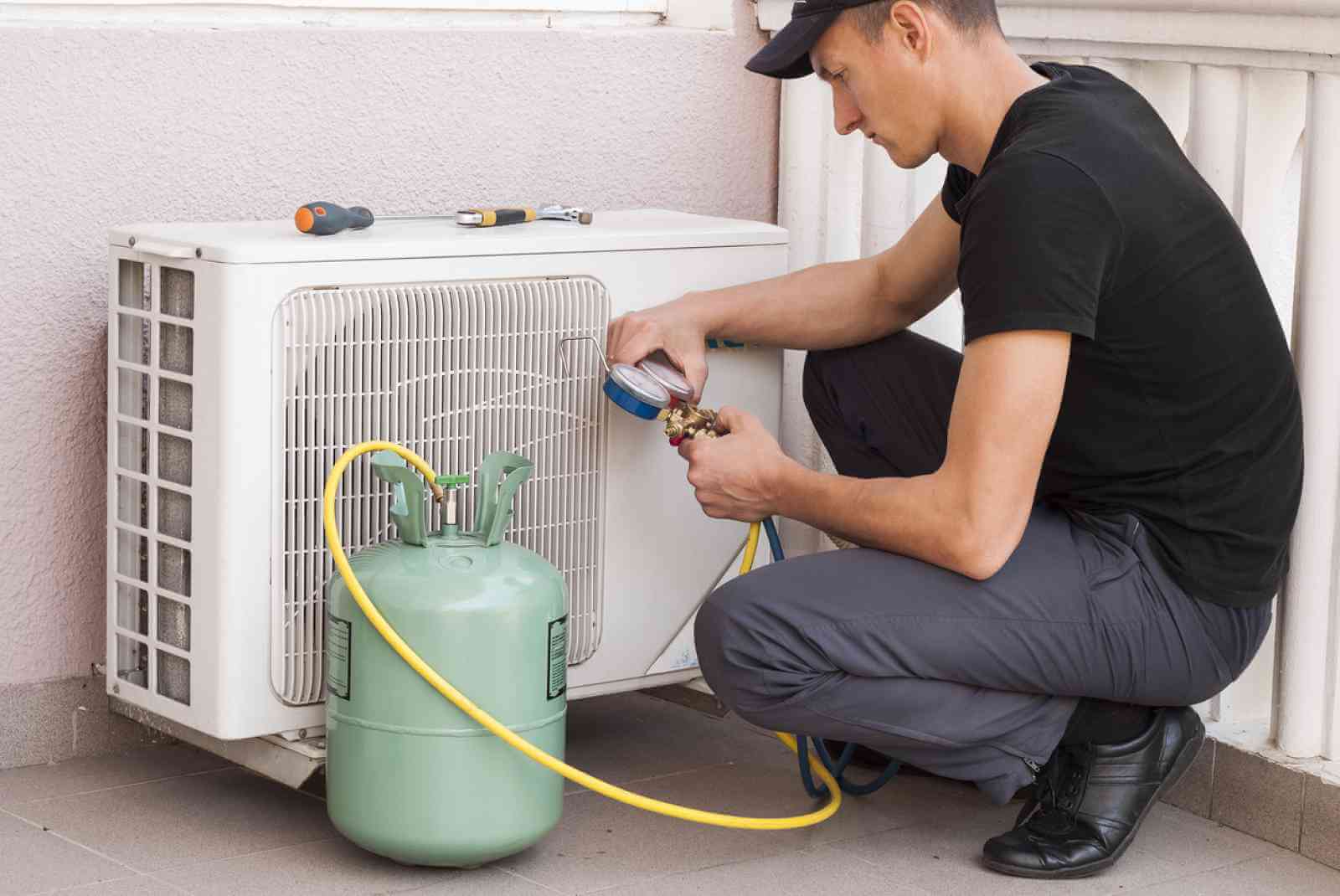

0 thoughts on “What Is A Radon Home Inspection”